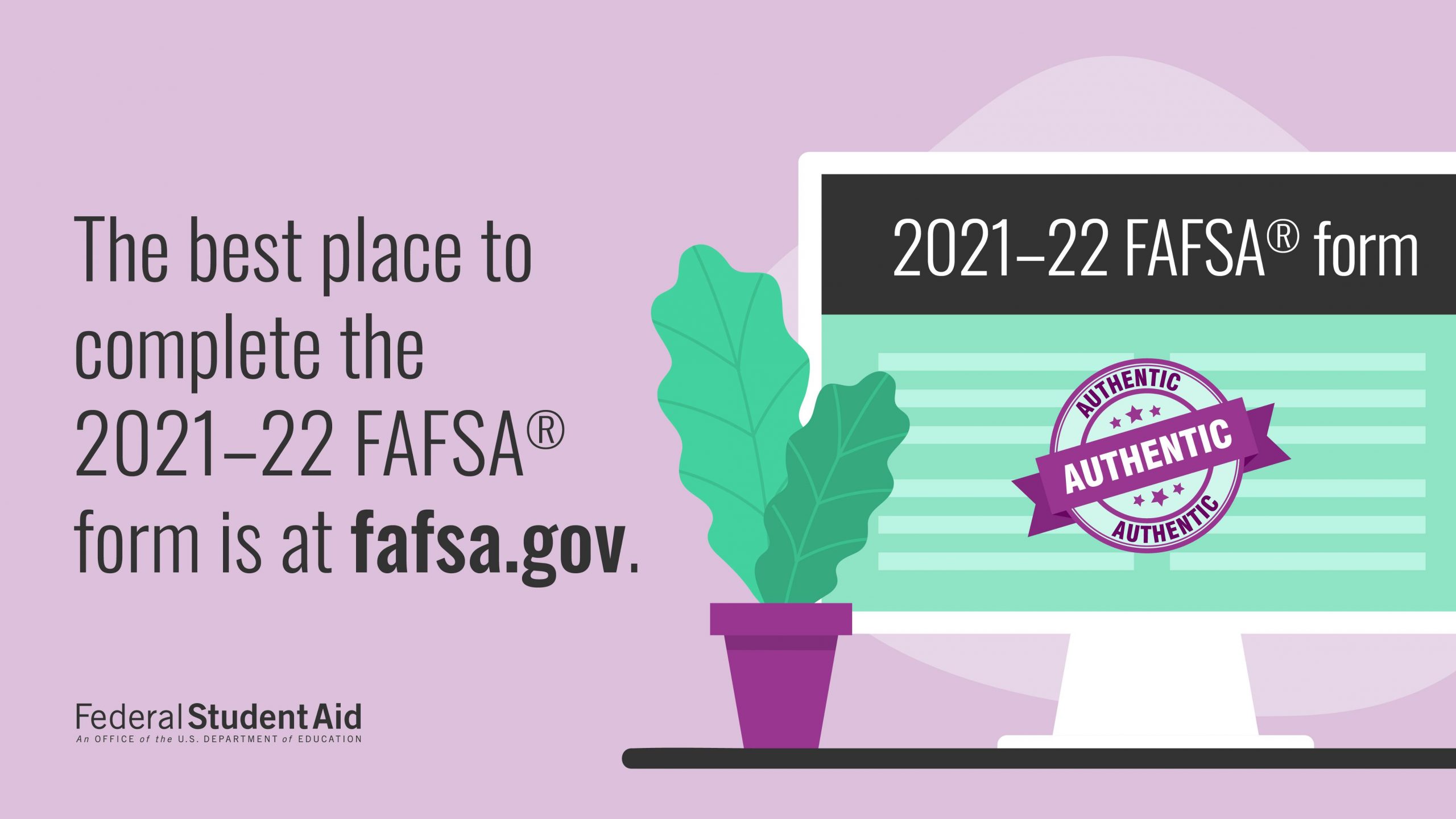
Many thousands of California students receive excellent financial support through the state's grant programs. These grants offer both merit- and need-based assistance. Some grants are also available through community organizations. These grants may be used to help pay for private schools.
While a grant is not the only way to finance a college education, it is an excellent way to reduce your tuition bill. In fact, the average California student receives a grant of about $2,000 per year. Grants may also be used to offset the costs of student expenses such as housing fees on campus and student services fees. This aid is especially beneficial for students from low income families.
Cal Grant eligibility tools can help students in California determine if a school qualifies for a grant. Grants are available to help pay for public schools and private schools. Every program has an income and age cutoff. A student must also meet the minimum grade point average and financial need requirements of the program.

Cal Grants are also available for students with a GED. Students can submit their GED scores in place of their GPA, but must do so within a year of completing the GED program. To apply for most grant programs, the FAFSA must be completed. Every year, the Free Application for Federal Student Aid(FAFSA), must be submitted no later than March 2.
Cal Grants are available to students from low-income families who meet certain eligibility requirements. Depending on the program, students can receive up to $12,000 per academic year. Students who qualify for Cal Grant B may also qualify for tuition coverage at community colleges. This award is for students with a 2.0 Grade Point Average. The award provides funding to help pay for vocational training and other non-tuition costs.
The CSAC has been working to eliminate barriers that prevent people from being eligible. They are currently focusing their efforts on reducing the total cost to attend. The commission is also working on a new eligibility determination tool. The local business community offers a number special scholarships.
Cal Grants have been an integral part of California's education system. They were created originally to allow students to choose private schools and decrease pressure on public schools. Advocates have raised concerns that the programs are too complex. A bill that would allow students to determine their eligibility based upon their family contribution has been introduced. Although this is not yet a law it is a first step.

California Student Aid Commission warned that funding for Cal Grant may not be available fully. They also noted that there may be a new Cal Grant program that provides financial aid to foster youth who attend public institutions. This program will start in the 2021-22 grant year.
FAQ
How do I apply for college?
There are many different ways to apply to college. You can get started by contacting your high school guidance counselor or admissions representative. Many high schools now use online applications. You can also contact local colleges directly. Many colleges accept applications via the Internet.
If you apply by mail, you will need fill out an application and to send copies of all necessary documents. The personal statement gives you an opportunity to share why you want to attend this particular institution and how it would benefit you. The personal statement helps you to communicate your motivations and goals to the admissions committee.
You can download sample essays from this website.
To become an early-childhood educator, do you need to go to college?
Yes, but you may consider attending college to help prepare for a career.
It is crucial to realize that teaching is not an easy job. There are lots of applicants who aren't accepted into programs each year. Many people also leave college after only one semester.
On top of all this, you still have to meet strict qualifications to become a teacher.
What's the purpose of education and schooling?
Education should be able to help students acquire the skills needed for employment. It is not only a pursuit of academic excellence, but also a social activity, where children can share their knowledge and gain confidence from one another through activities like music, art, and sports. Education is about helping students think critically and creatively to become self-reliant and autonomous. What does it mean for a school to be able to meet high educational standards?
Educational standards that promote student success are considered good. They set clear goals that teachers and pupils work towards. Schools can adapt to changing educational needs if they have good educational standards. Fair and equitable education standards must also be maintained: Every child is equal in terms of chance of success, regardless of his/her background.
What are the requirements to be a teacher in early childhood education?
The first step is to decide if you are interested in a career as an early childhood educator. First, you need to obtain your bachelor's. Some states require that students have a master's level degree.
You may also be required to attend classes during the summer. These courses are about pedagogy, the art of teaching, and curriculum development.
Many colleges offer associate degree programs that lead directly into a teaching certificate.
While some schools offer certificates or bachelor's degrees in early childhood education, others only offer diplomas.
Additional training may not be necessary if you intend to teach at home.
What are the differences between early childhood education?
There are many ways you can describe early childhood education. Here are some of the most commonly used ones:
-
Preschool - Children ages 2 to 5
-
PreKindergarten – Children aged 4-6
-
Head Start/Hestart - Children aged 0-3
-
Day Care/ Daycares: Children 0-5
-
Child Care Centers for Children from 0-18
-
Family Child Care - Children ages 0 to 12
-
Homeschooling - Children from KG to 16
What is homeschooling, exactly?
Homeschooling allows children to be educated at their own home by their parents. It's also known as home education, self-education, and home educating.
Family members who want to teach their children at home can opt for homeschooling. They can receive a high-quality education at home.
From birth, parents educate their children until high school. They decide on the subjects they want to study and how much time each subject should take. Everything is learned by the student on their own.
The parents decide when to teach their children. Many schools recommend that children enroll in classes between the ages four and twelve. Some families wait until their children reach kindergarten to start teaching them.
Parents may use any number of resources to guide them through the curriculum. Books, videos, websites, and even magazines provide valuable lessons.
Many families find homeschooling a great fit for their busy schedules. Children can be spent more time at home than in traditional public schools.
Statistics
- In most developed countries, a high proportion of the population (up to 50%) now enters higher education at some time in their lives. (en.wikipedia.org)
- Globally, in 2008, around 89% of children aged six to twelve were enrolled in primary education, and this proportion was rising. (en.wikipedia.org)
- “Children of homeowners are 116% more likely to graduate from college than children of renters of the same age, race, and income. (habitatbroward.org)
- Think of the rhetorical power of nineteenth-century abolitionist Harriet Beecher Stowe, Martin Luther King, Jr., or Occupy Wall Street activists with their rallying cry of “we are the 99 percent.” (bostonreview.net)
- And, within ten years of graduation, 44.1 percent of 1993 humanities graduates had written to public officials, compared to 30.1 percent of STEM majors. (bostonreview.net)
External Links
How To
What is vocational Education?
Vocational education is an educational program that prepares students to work after high school and college. It teaches them specific skills for specific jobs (such as welding). Vocational Education also offers apprenticeship programs that provide on-the-job training. Vocational education is distinct from general education as it focuses more on training individuals for specific jobs than on learning broad knowledge that can be used in the future. The goal of vocational education is not necessary to prepare people for university study but to help them find jobs upon graduation.
Vocational education is available at all levels of education, including primary, secondary, high school, college, universities, technical institutes as well as trade schools, community colleges and junior colleges. Many specialized schools are available, including nursing and culinary schools, law schools medical and dental schools, veterinary medicine school, veterinary medicine schools, firefighting training schools, police academies, military academy, and other military schools. Many of these schools offer both academic instruction and practical experiences.
A number of countries have made significant investments in vocational education over recent decades; for example, Australia, Denmark, Finland, Germany, Ireland, Japan, Luxembourg, New Zealand, Norway, Poland, Sweden, Switzerland, the United Kingdom, and the United States. However, it is not clear if vocational education is effective. Some critics say it does not improve students' employability. Other argue that it prepares them well for life beyond school.
According to the U.S. Bureau of Labor Statistics 47% of American adults have a postsecondary certificate. This figure is higher among those with more education: 71% of workers aged 25-29 with a bachelor's degree or higher are currently employed in fields requiring postsecondary credentials.
In 2012, the BLS reported that nearly half of the nation's adult population had at least some form of postsecondary credential. A third of Americans have a two-year associate's degree and 10% hold a four year bachelor's degree. One fifth of Americans had a masters degree or doctorate.
In 2013, the median annual wage for persons holding a bachelor's degree was $50,900, compared to $23,800 for those without a degree. The median income for those with advanced degrees was $81,300.
The median wage for those who didn't complete high school was $15,200. For those who did not complete high school, the median annual salary was only $15,200.